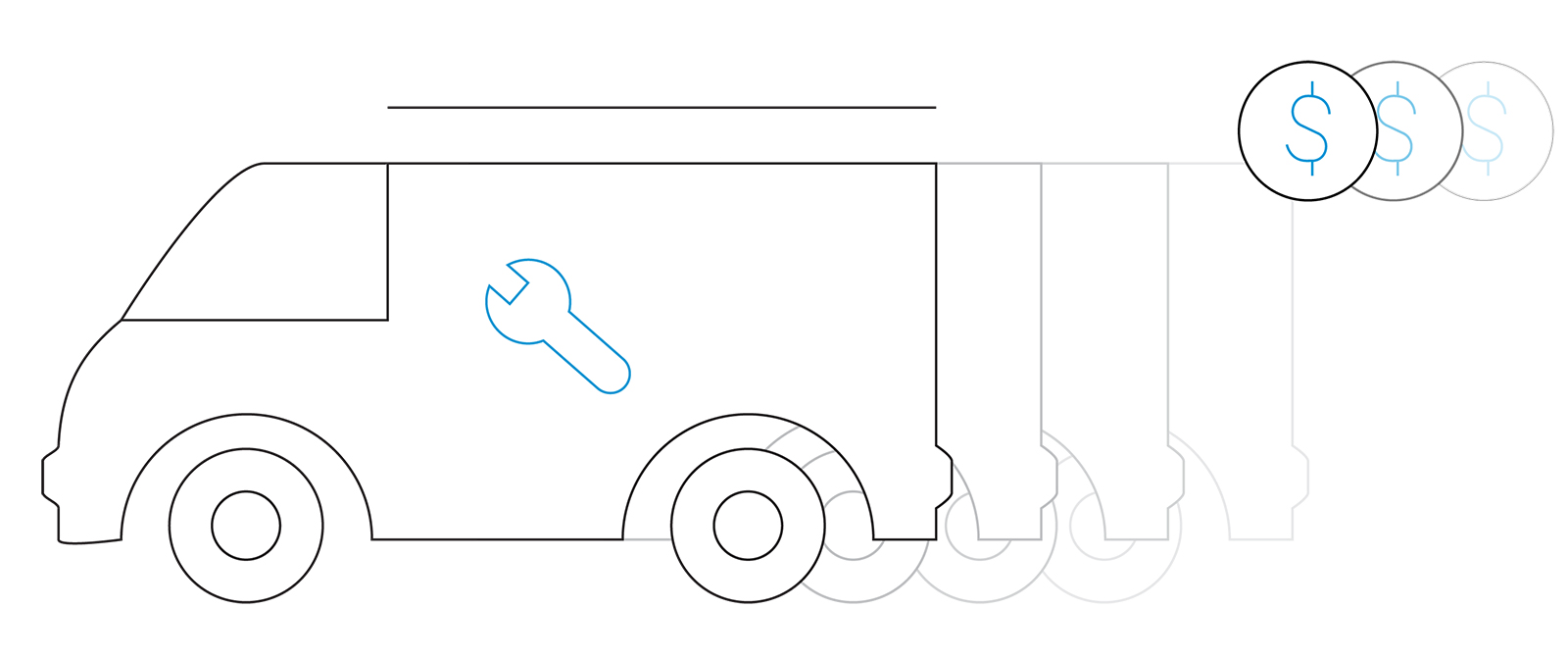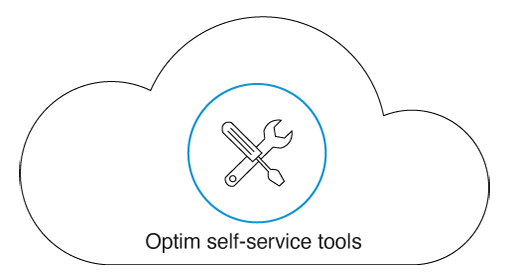Service providers and subscribers share a common dread: truck rolls. Subscribers will do everything in their power to avoid the hassle of a home appointment with a service technician. Service providers work diligently to ensure that there are as few interruptions to services as possible. Remote diagnostics offer powerful tools that enable service providers to identify WiFi issues while also addressing the way subscribers interact with their service providers. By adopting remote WiFi diagnostic tools, service providers can efficiently and effectively resolve subscriber facing issues, resulting in fewer truck rolls and boost customer experience ratings.

Common Causes of Service Calls and Truck Rolls
More than 50% of the customer support calls that are made to service providers are related to WiFi performance. The four most commonly cited WiFi performance issues that result in a customer service call or a truck roll are:
I can’t connect to the network or Internet – 19% of broadband households experience weekly occurrences of connectivity issues.
My Internet is noticeably slower than normal – 37% of broadband households regularly experience slow WiFi.
My WiFi network disappeared/reset – 32% of broadband users have experienced WiFi related technical issues that result in poor device performance.
My device won’t connect to the WiFi network – 25% of broadband households have experienced issues connecting their devices to the Internet.
Subscribers often don’t know the root cause of their network problems and can’t offer much more detail other than “it’s not working.” Even with minimal information, subscribers expect their service providers to not only know the issue but provide an immediate resolution to get them connected again. Historically, service providers had a hard time reducing the number of truck rolls due to their lack of insight into the root cause of truck rolls and service calls. While it’s not realistic to eliminate all truck rolls, it’s possible to reduce the number of truck rolls deployed due to unexpected in-home WiFi issues.
More often than not, subscriber issues that involve a truck roll could have been resolved remotely. Considering service truck rolls cost companies $100-$200 per truck roll, the bottom line takes a substantial hit with each unnecessary house call. Improving the efficiency of remote technical support is the first step in eliminating unnecessary truck rolls.

Remote WiFi Diagnostics
Before service providers can reduce unnecessary truck rolls, they have to adopt a proactive approach to network management and customer service. Proactive customer service starts with remote access to key network data. Subscriber home networks produce endless amounts of usage data and network performance data. In short, a single home network is becoming increasingly complex, with many variables. The number of devices connected to the network, router maintenance (or lack of), lapses in security and more influence the performance of the network. Tech support agents who have this data at their disposal are better able to resolve subscriber issues in a single phone call. 33% of customers have reported feeling frustrated by being put on hold or being bounced around to multiple support representatives.
Optim managed WiFi offers a suite of WiFi diagnostic tools that allow service providers to improve their subscriber’s WiFi experience. From the technician dashboard, support technicians can view real-time network data, including network status information, statistics, signal strength, connection duration and other performance indicators. When tech support agents have access to current and historical network data, they can remotely identify, diagnose, and resolve a majority of subscriber WiFi performance issues. As a result, service call lengths can be reduced by up to 75%, costly unnecessary truck rolls are avoided, and customer churn rates drop.

Customer Facing Self-Service Tools
The best customer service occurs before a customer support call. The ultimate goal is for technical support calls to be a last resort. Service providers that have deployed a managed WiFi service like Optim can empower their subscribers to take control of their networking experience by offering next-generation self-service tools. Self-service tools enable subscribers to troubleshoot on their own before calling technical support. Studies show that 24% of American consumers prefer self-service tools or websites for simple issues. For more complex issues, 40% of subscribers prefer a phone call to a customer service agent. Managed WiFi self-service tools strike a balance between the two, allowing subscribers to easily resolve basic WiFi issues themselves while also remotely connecting them to tech experts for the more complex issues.
Providing the tools is only the first component of successful self-managed WiFi. Statista found that 43% of consumers felt there isn’t enough information on self-service portals to help them resolve their issue. Optim makes self-service tools user-friendly and intuitive. From the custom dashboard, subscribers can utilize self-service tools including:
- Manage the devices connected to their network
- Review the current and historical health of the network
- Run WiFi performance diagnostics that identify bandwidth hogs and underperforming network components
- Enable parental controls and advanced security features
Service providers stand to benefit from a subscriber that is empowered to maintain and manage their own networking experience. As home networking grows more complex, it’s important for subscribers to understand how their network works and how their networking habits influence WiFi performance. Managed WiFi bridges the gap between service providers and subscribers. When service providers invest in proactive network management tools, they can expect a reduction in the number of truck rolls dispatched to subscriber homes for basic networking issues as well as a boost in operational cost savings and revenue retention from improved subscriber satisfaction.
Are you wondering how you can increase revenues and reduce operating costs? Optim has been deployed to over 5 million homes as the first managed WiFi and service level platform. Service Providers wanting to learn more about Optim’s home networking and data management tools, should contact us today.
